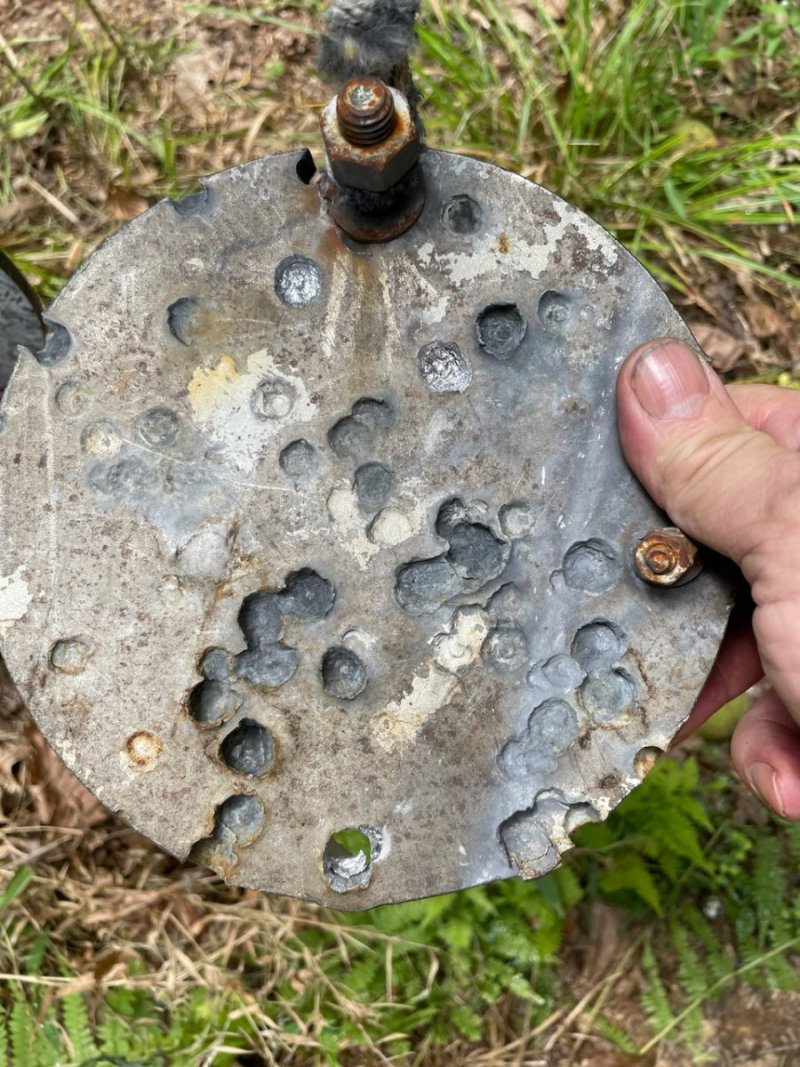Good stuff!
I will add that I have a Colt AR15-A4 w/ 13,500 rounds through it. Exactly nothing has been replaced and it's still running fine. This is more of an experiment at this point to see what what point parts replacements become necessary. This is no longer my primary defensive long gun, and I do have a fill kit of replacement parts ready for if/when failure occurs.
Outstanding! That would make a great write-up with pics, as parts wear and have to be replaced.........if they wear and need replaced!







